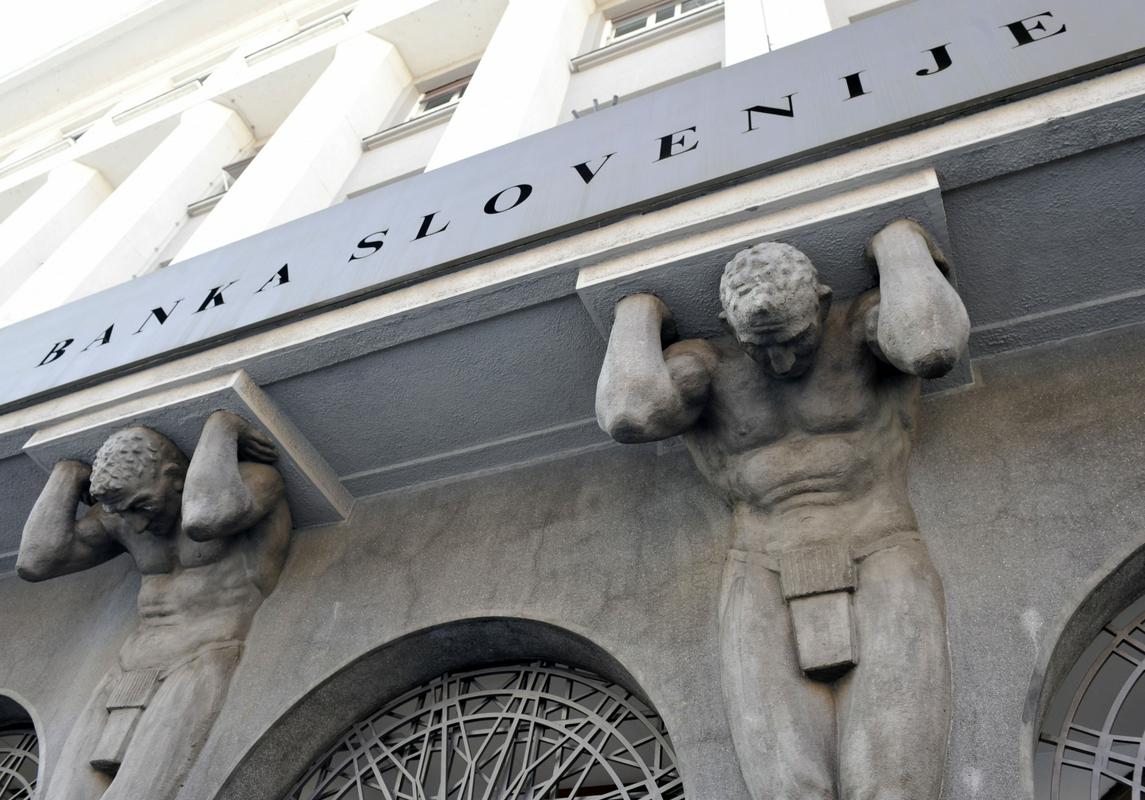The bank, in its monthly report, also said Slovenian tax income this year could exceed the target in the state budget due to favourable economic conditions, but warned "this must not lead to higher spending but to faster improvement in public finances."
Slovenia hopes to reduce its budget deficit this year to 1.7 percent of GDP from 2.2 percent in 2016 and plans to cut public debt by some 1.2 percent of GDP. The debt stood at about 80 percent of GDP last year.
The euro zone member narrowly avoided an international bailout in 2013 when its banks nearly collapsed under a large amount of bad loans and the government injected over 3 billion euros to rescue them.
Some of the biggest banks are still state-owned and the government controls about 45 percent of the banking sector, while the rest are owned by foreign banks including France's Societe Generale, Italy's Unicredit and Intesa Sanpaolo, Russia's Sberbank and Austria's Sparkasse and Addiko Bank.
They made a combined net profit of 344.3 million euros ($363 million) in 2016, up from 115.3 million, the central bank said, adding all banks in Slovenia ended 2016 in profit.
Loans to the non-banking sector rose by 4.2 percent in December versus the previous month while for the whole of 2016 they were up 1.3 percent. Banks' balance sheet assets fell by 0.9 percent in 2016.
The central bank also said nominal gross wages in the private sector rose by 1.7 percent on average in 2016, in line with the growth of productivity.
However, it warned economic growth in the future could be limited unless productivity growth increases.
The Slovenian government expects the economy to expand by 2.9 percent this year while the European Commission sees growth of 3 percent. The Commission said last week there was a risk of overheating in the Slovenian economy in 2017 but the central bank said "macroeconomic indicators do not confirm overheating for now".
"The growth of bank lending to the private sector is weak while the current account surplus remains high in spite of a rise of private spending and investment. The surplus reached 6.8 percent of GDP last year," the central bank said.


































































